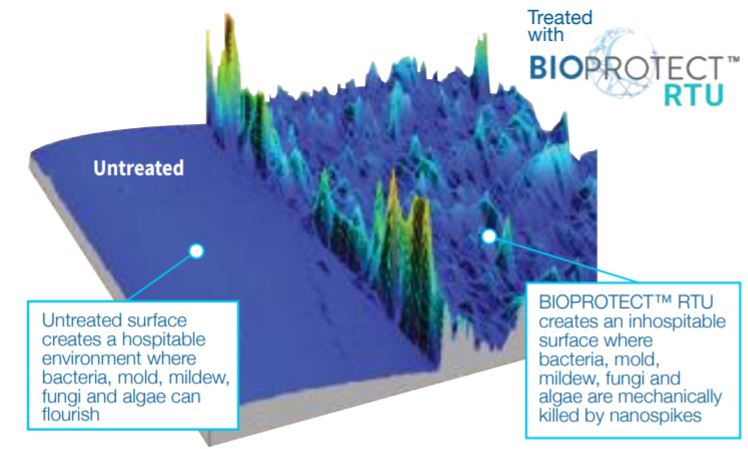Disinfecting high-contact surfaces inarguably is an important step to prevent the spread of pathogens. However, the practice falls well short of a total solution. Microorganisms are killed by surface disinfectants, but the defense is fleeting. Surfaces are quickly vulnerable to recontamination as soon as unwashed and unsanitised hands and contaminated air leave behind new issues.
Recognising the shortcomings, the University of Arizona researchers are evaluating non-toxic, antiviral surface coatings to determine their extended effectiveness against the environmental spread of diseases. “The only tools we have currently in reducing the environmental spread of viruses via surfaces are hand sanitiser, hand washing and the disinfection of surfaces,” said Charles Gerba, a microbiologist and professor of environmental science in the College of Agriculture and Life Sciences, in a story written by Rosemary Brandt at the U of A website. “This technology creates a new barrier in controlling the spread of viruses in indoor environments.”
Gerba goes on to say: “Antimicrobial coatings could provide an additional means of protection, reducing the spread of coronaviruses in indoor environments and public places where there is continuous contamination,” Gerba said. “We’re evaluating a number of products right now and believe it may be the next major breakthrough in environmental infection control.” (Read more here).
Gerba isn’t alone in that belief, as this research suggests: Two centers of excellence of the global virus network independently verify an antimicrobial technology that eradicates SARS-COV-2 on surfaces for more than six weeks.
Finding safer ways to control the environmental spread of diseases becomes even more important in the face of schools reopening amid the coronavirus pandemic. Environmental health experts are sounding the alarm on chemical cleaners, saying that relying too heavily on them creates an unintended set of health risks. Those charged with the continuous cleaning are at risk by handling myriad chemicals, as are all those – teachers, students, visitors – who use treated areas. The chemically-sensitive as well as those with asthma, for instance, are subject to negative outcomes as a result of constant chemical use (Read more here).

